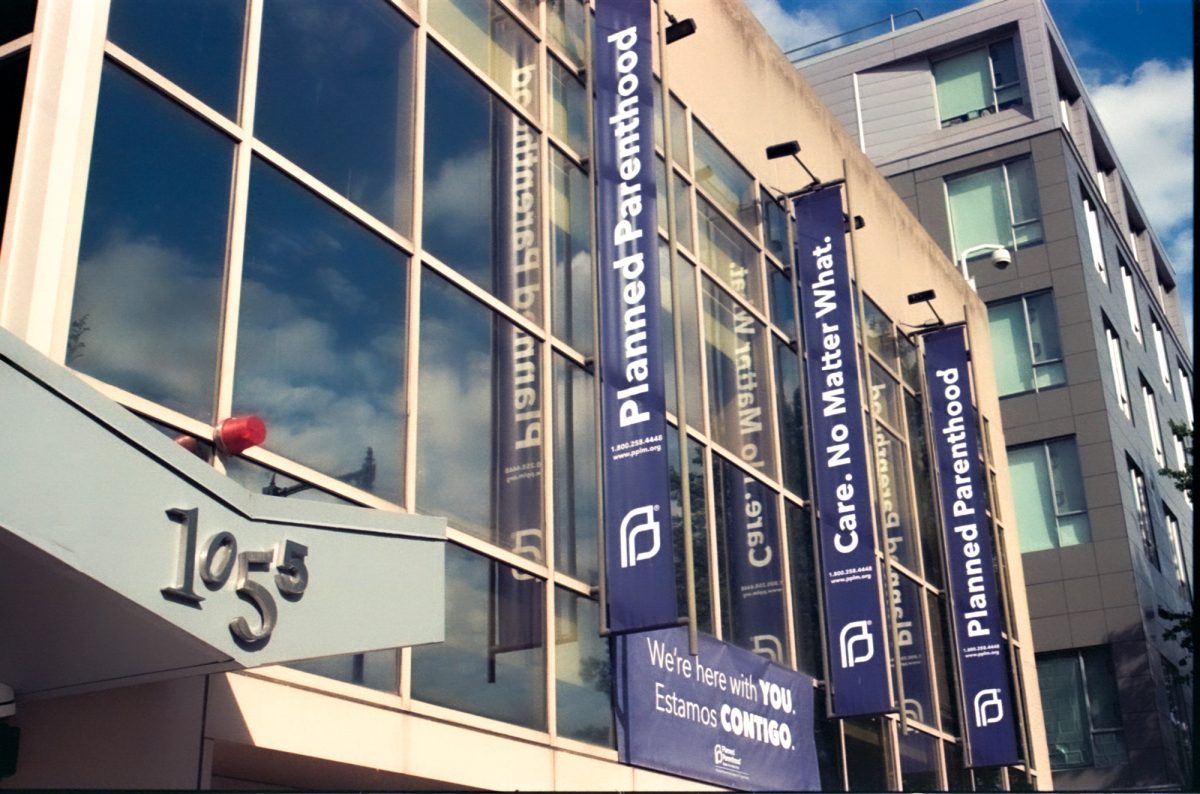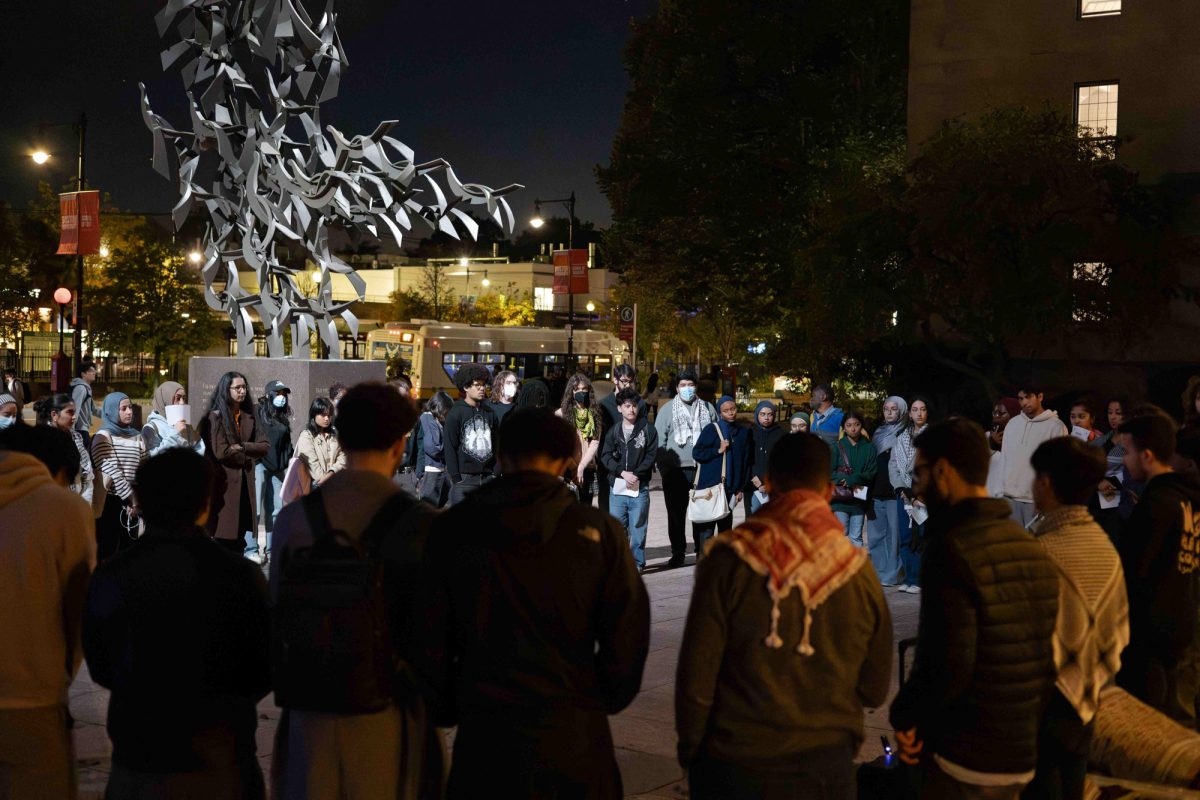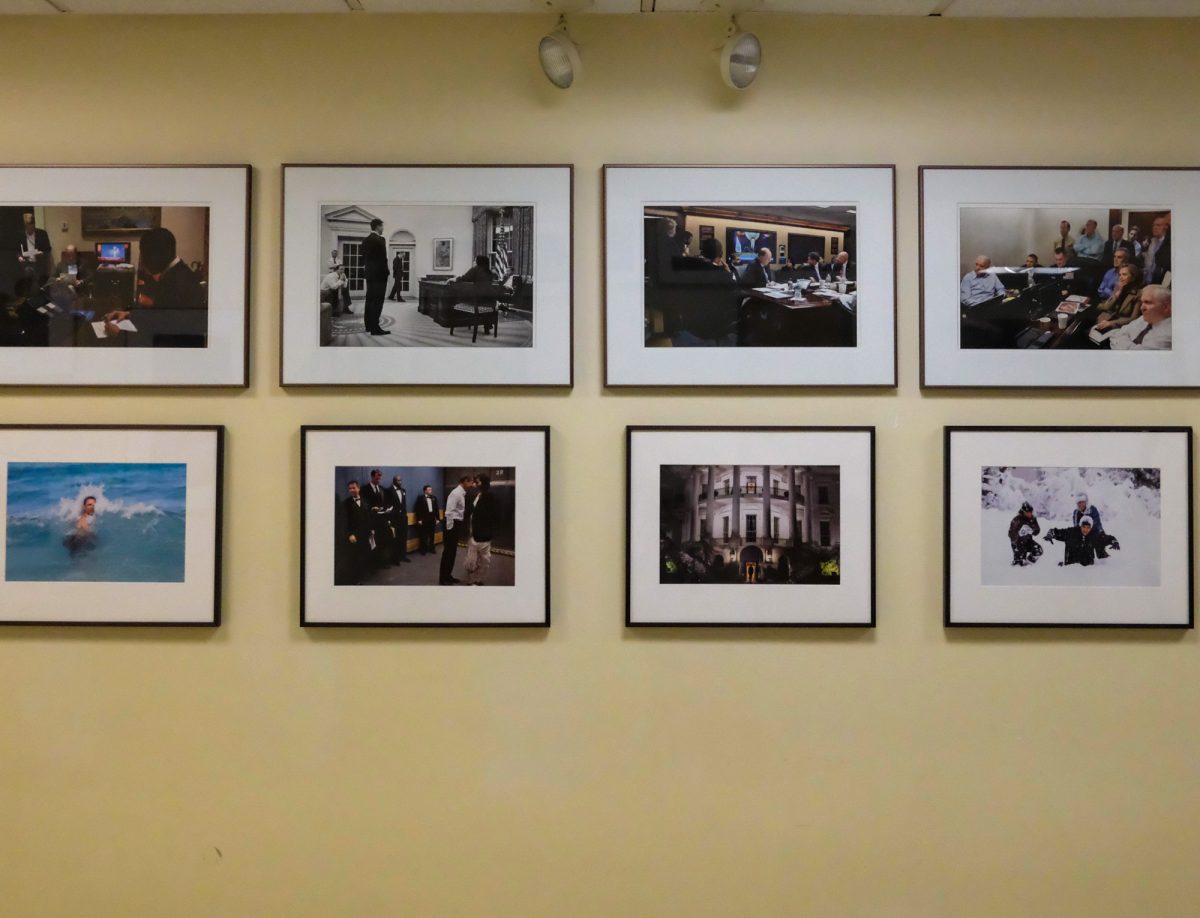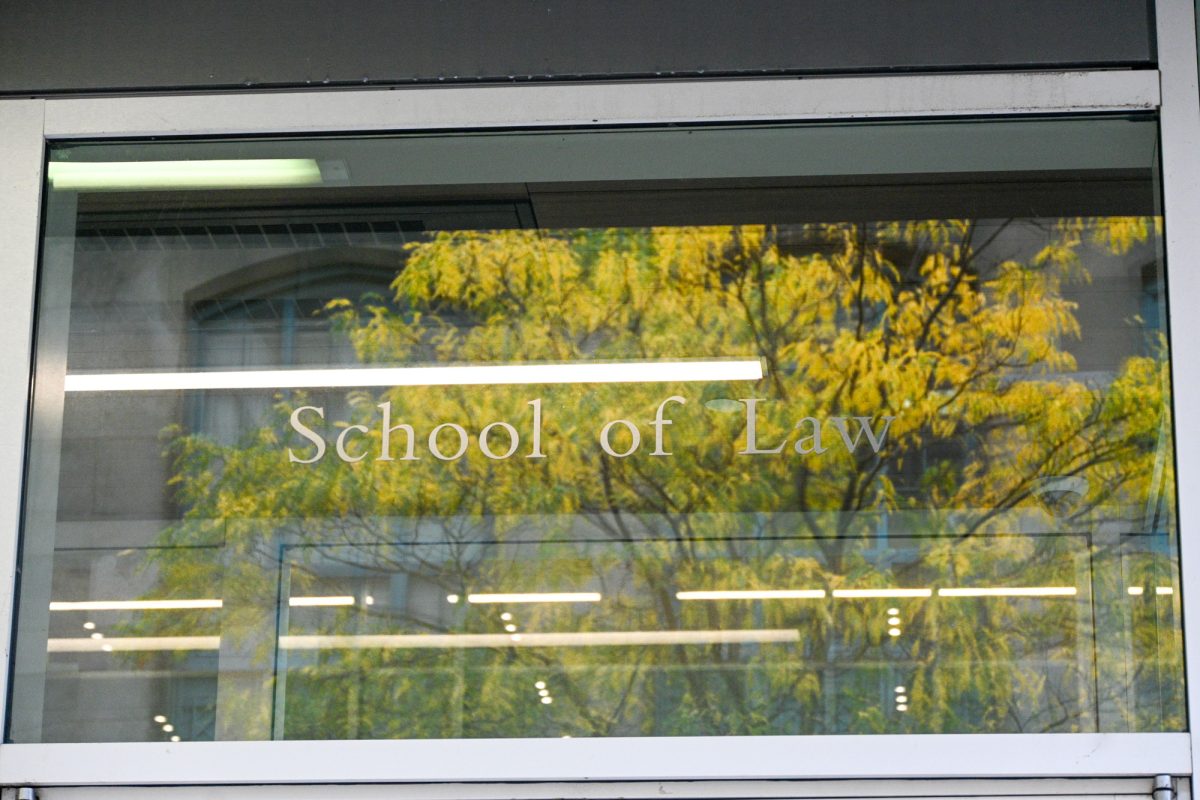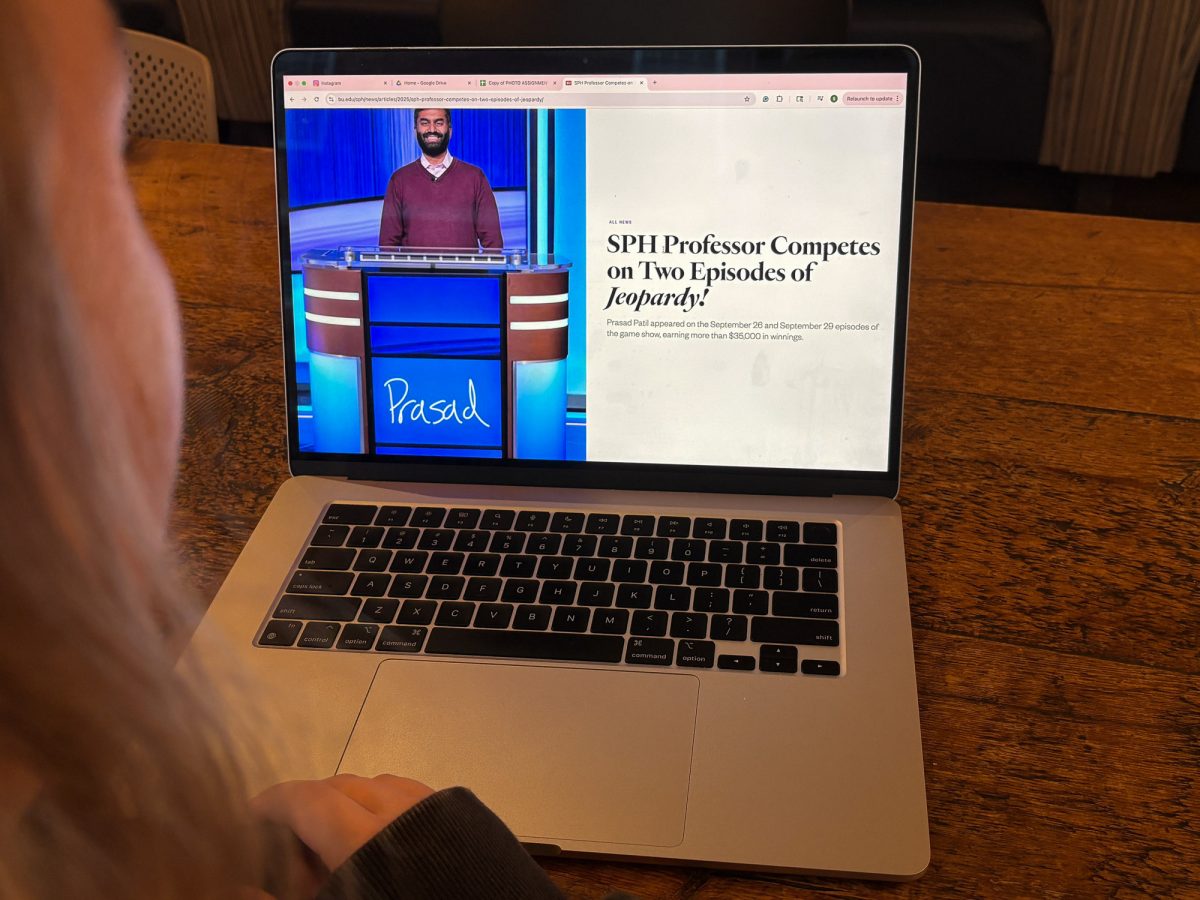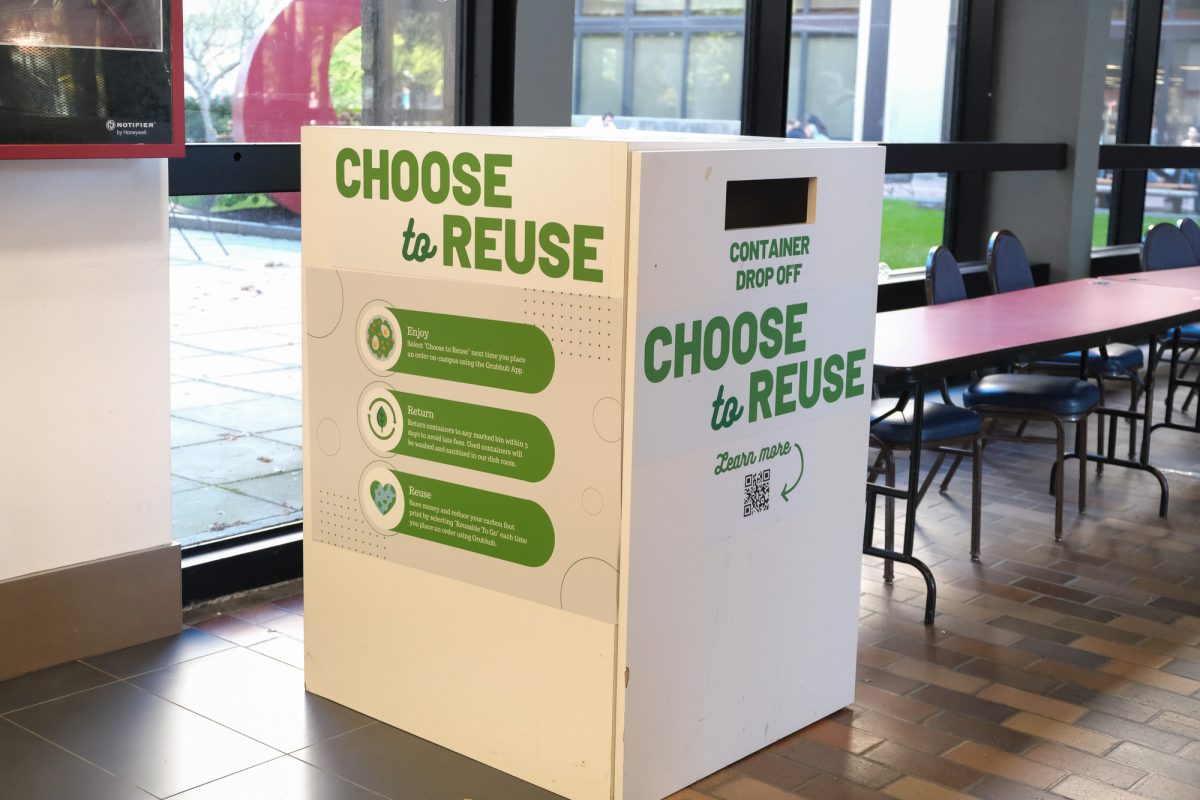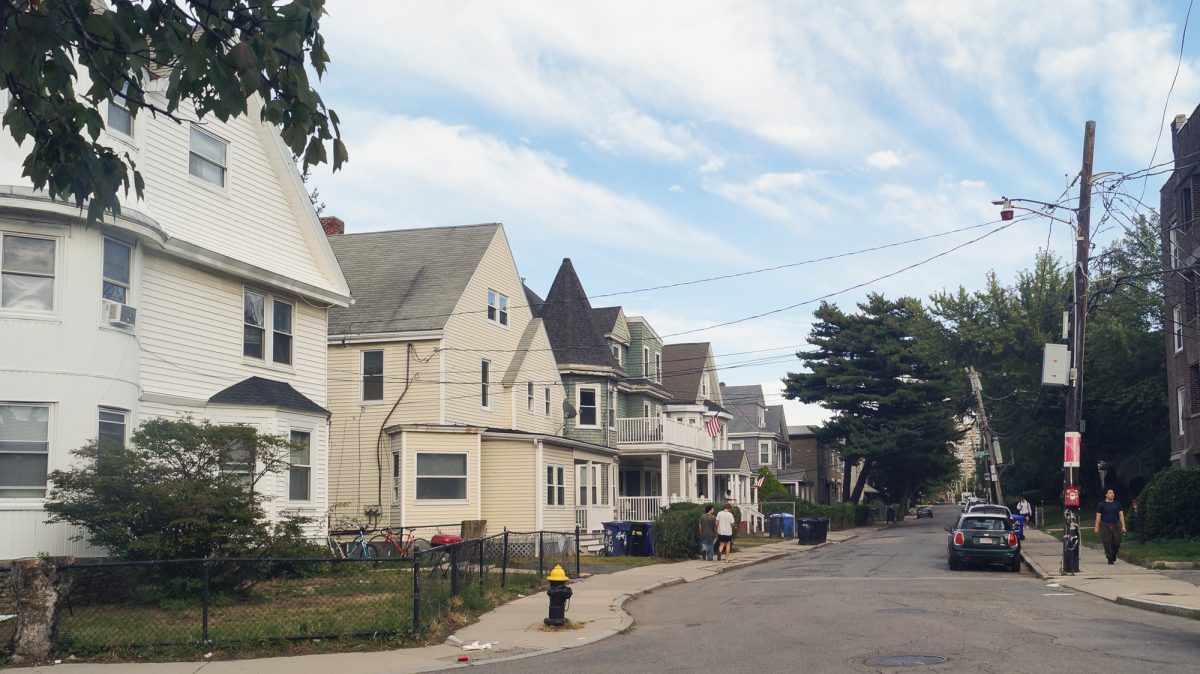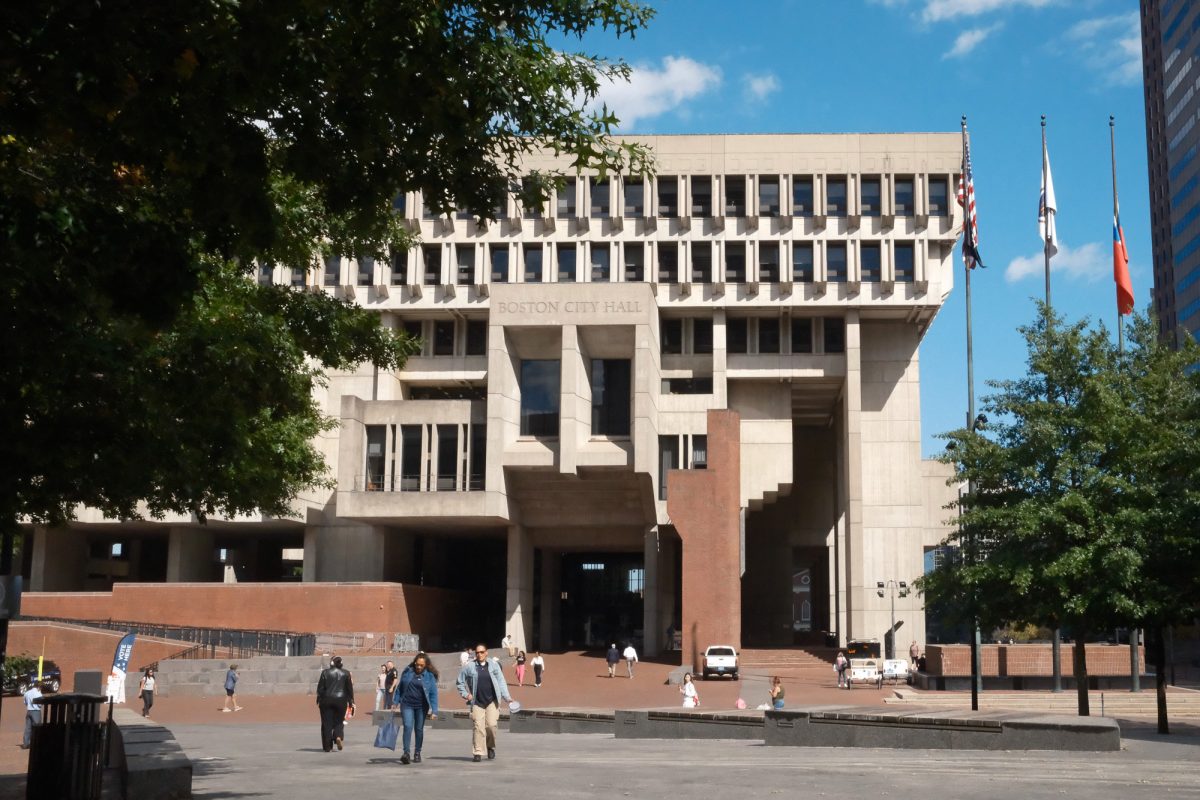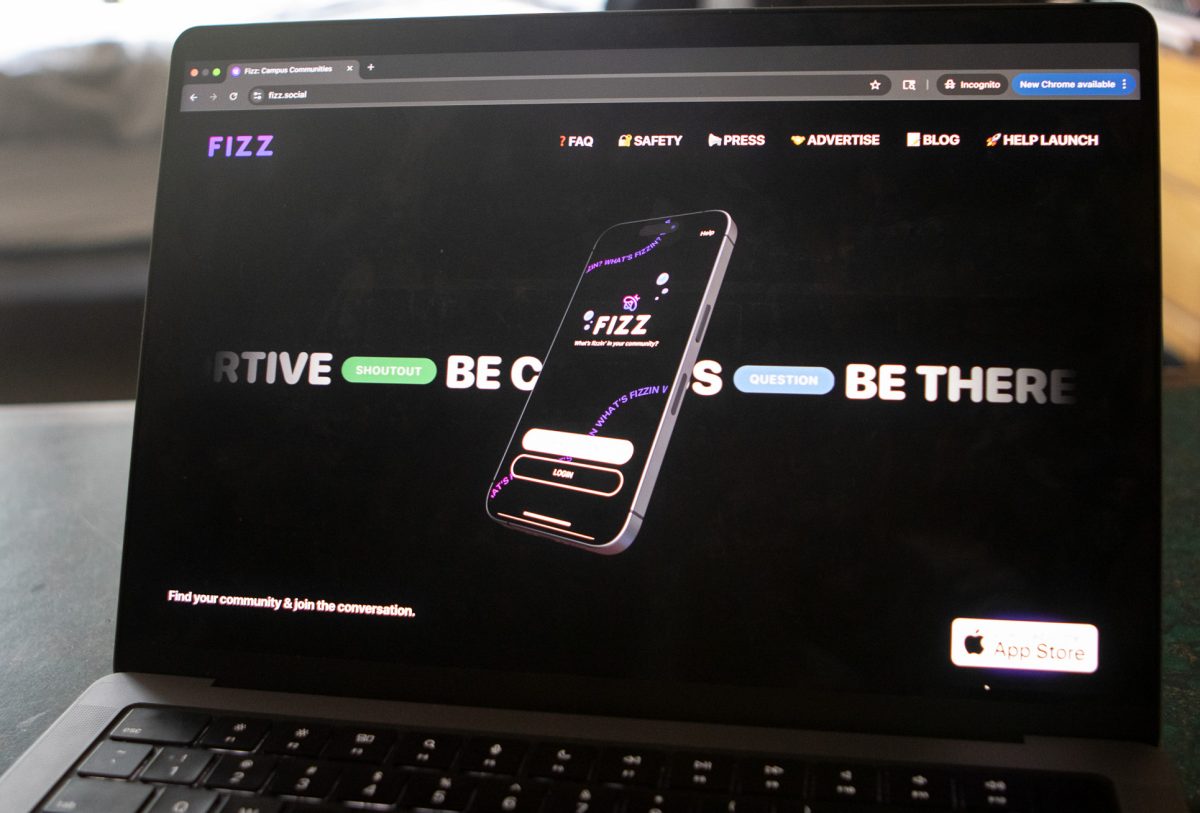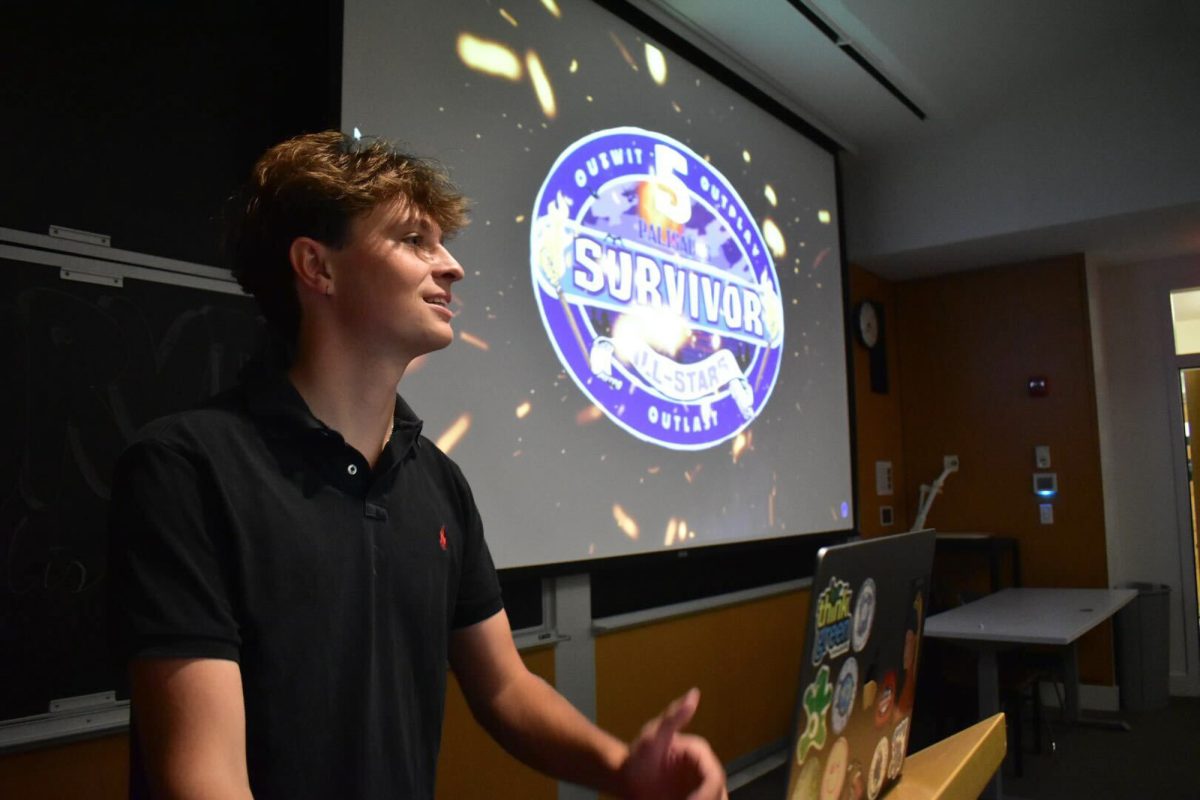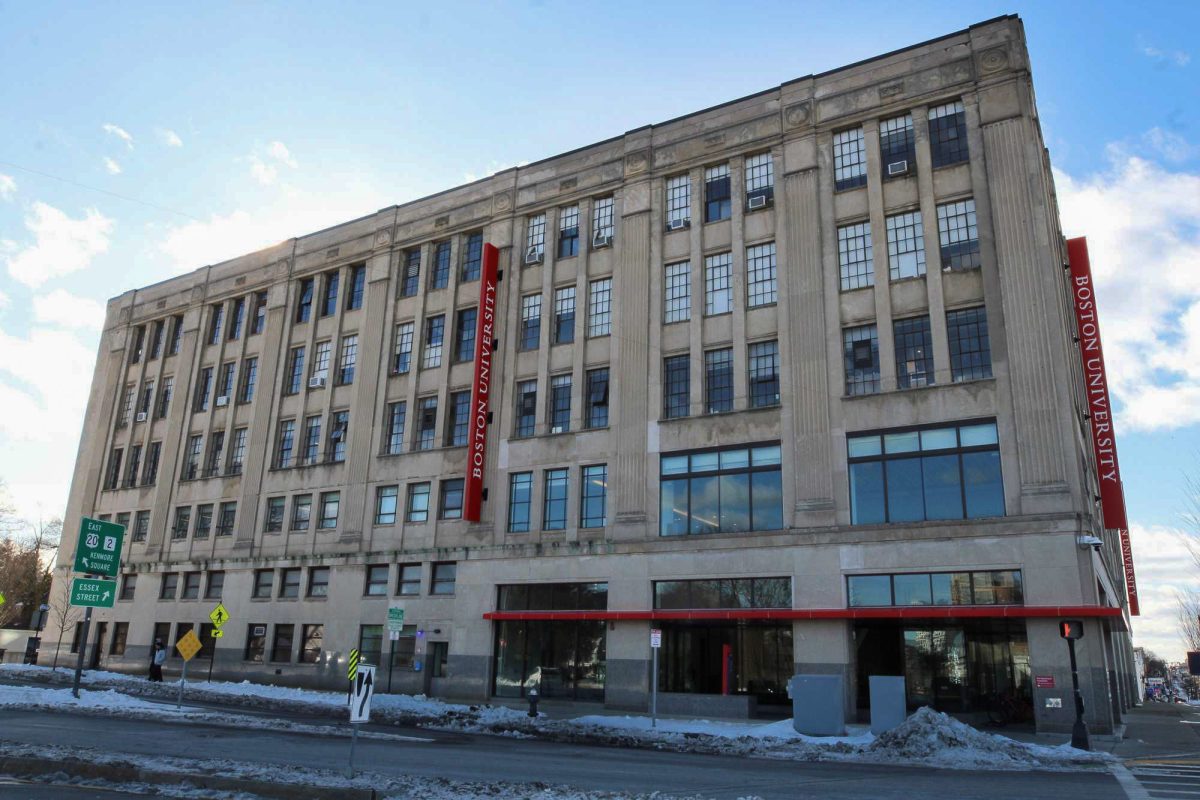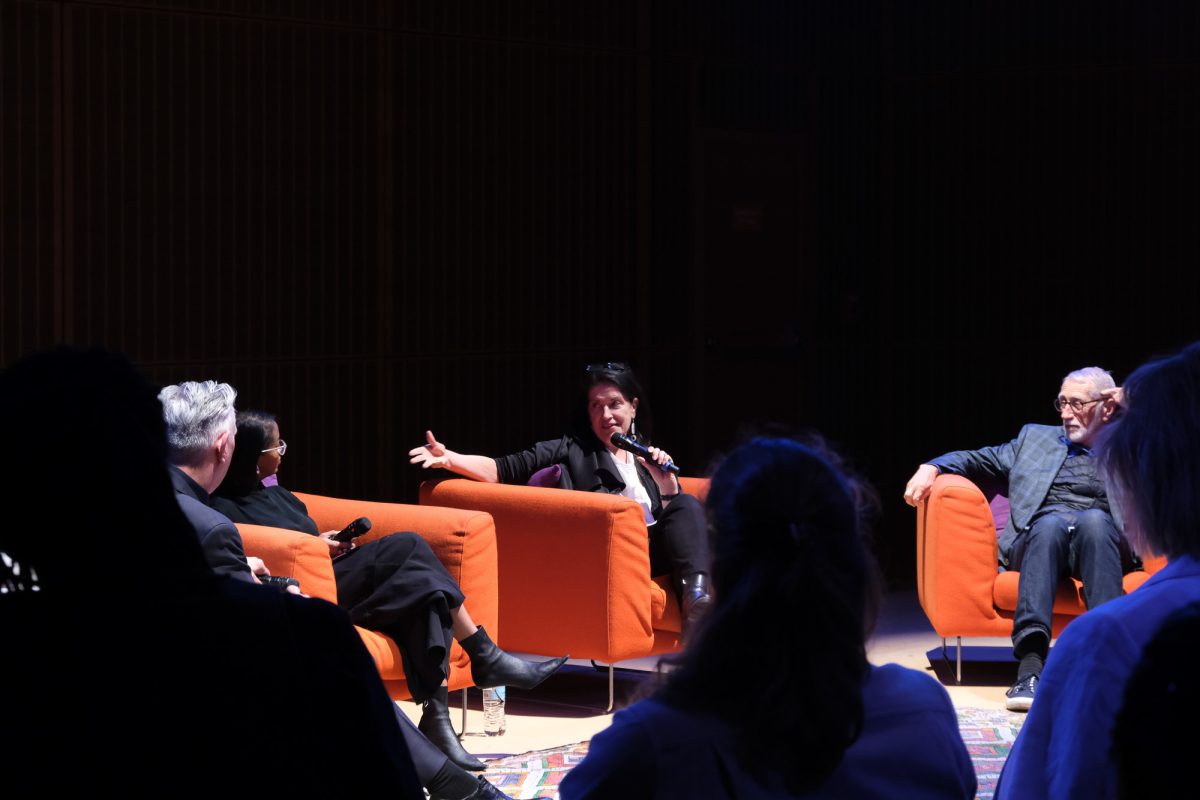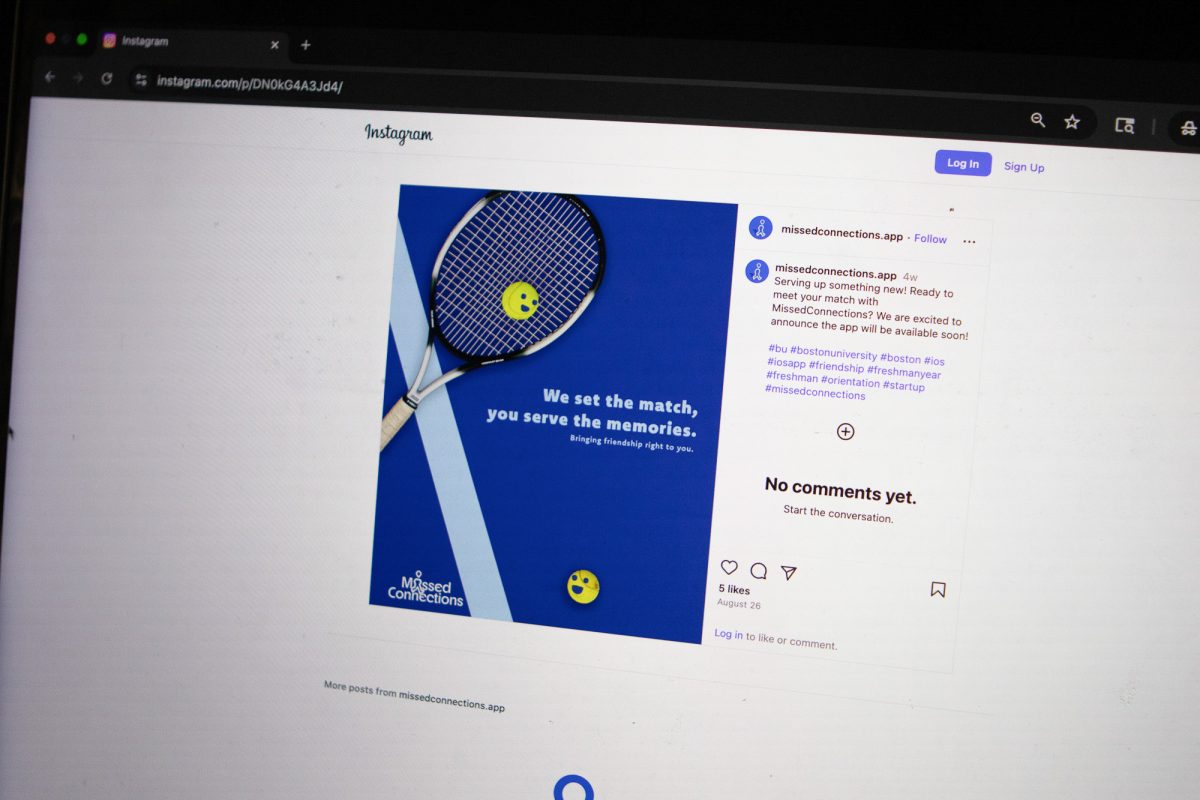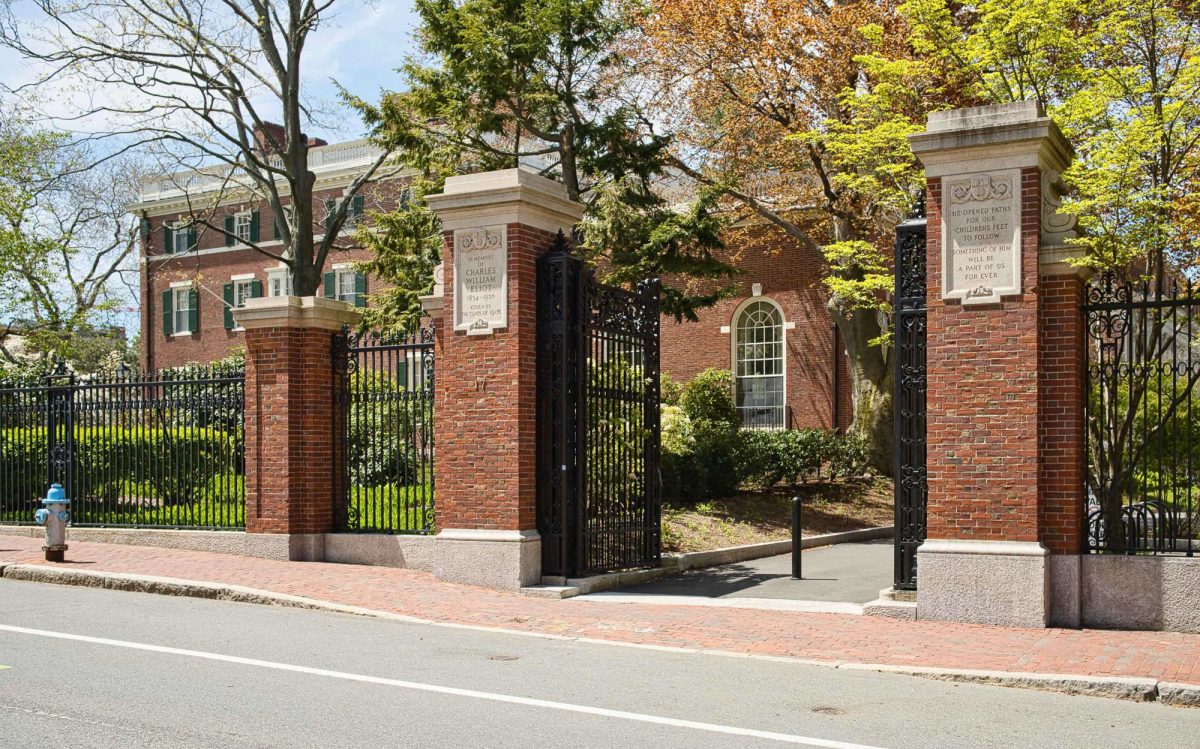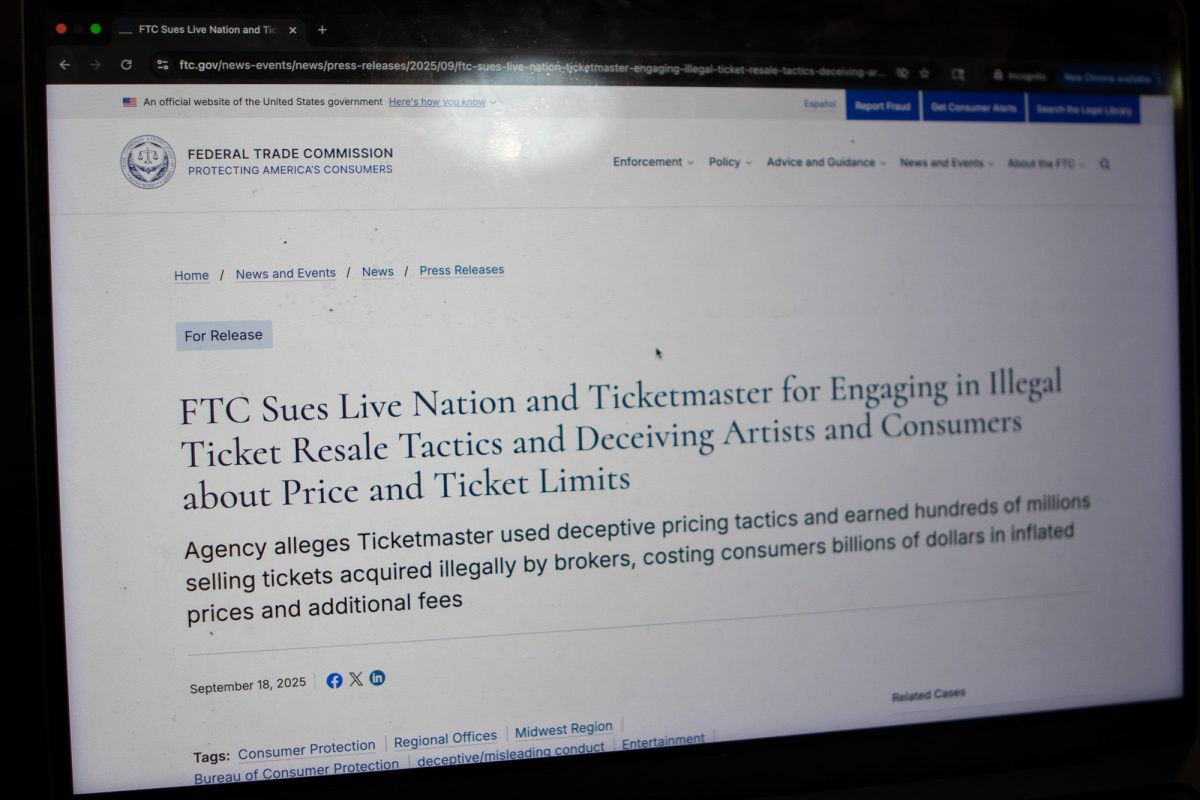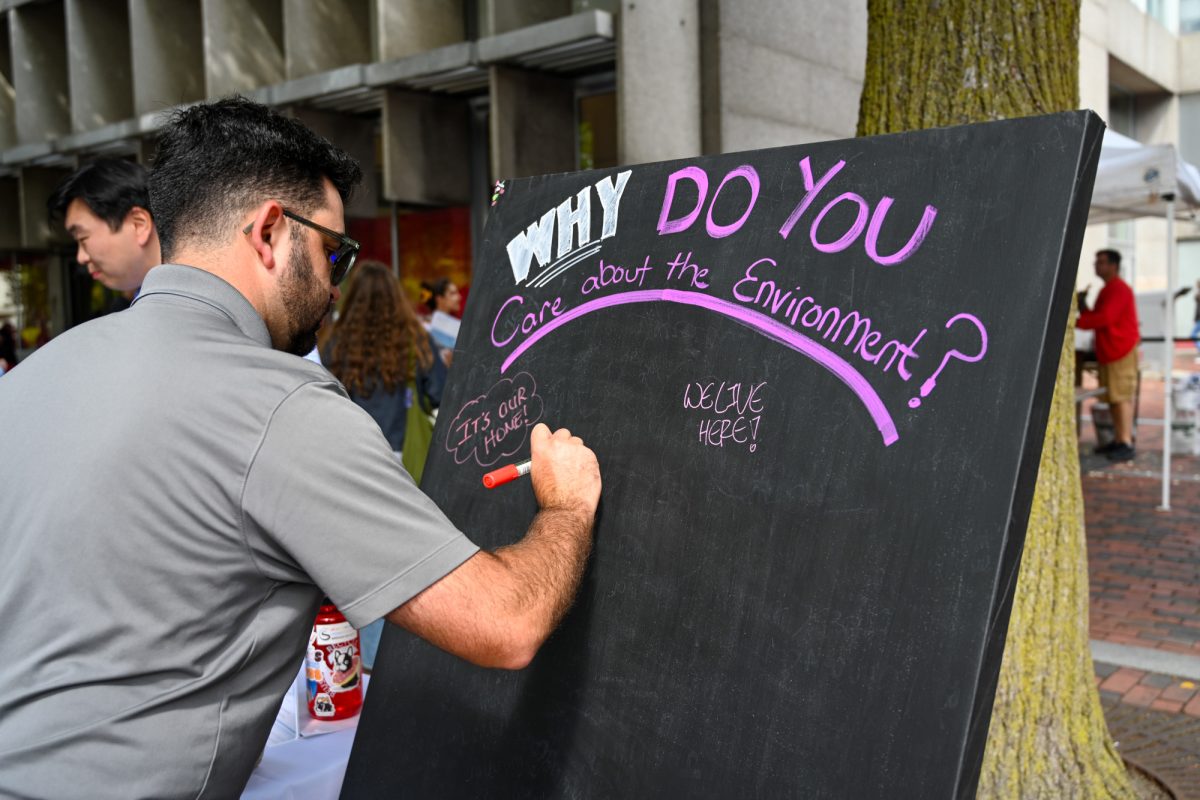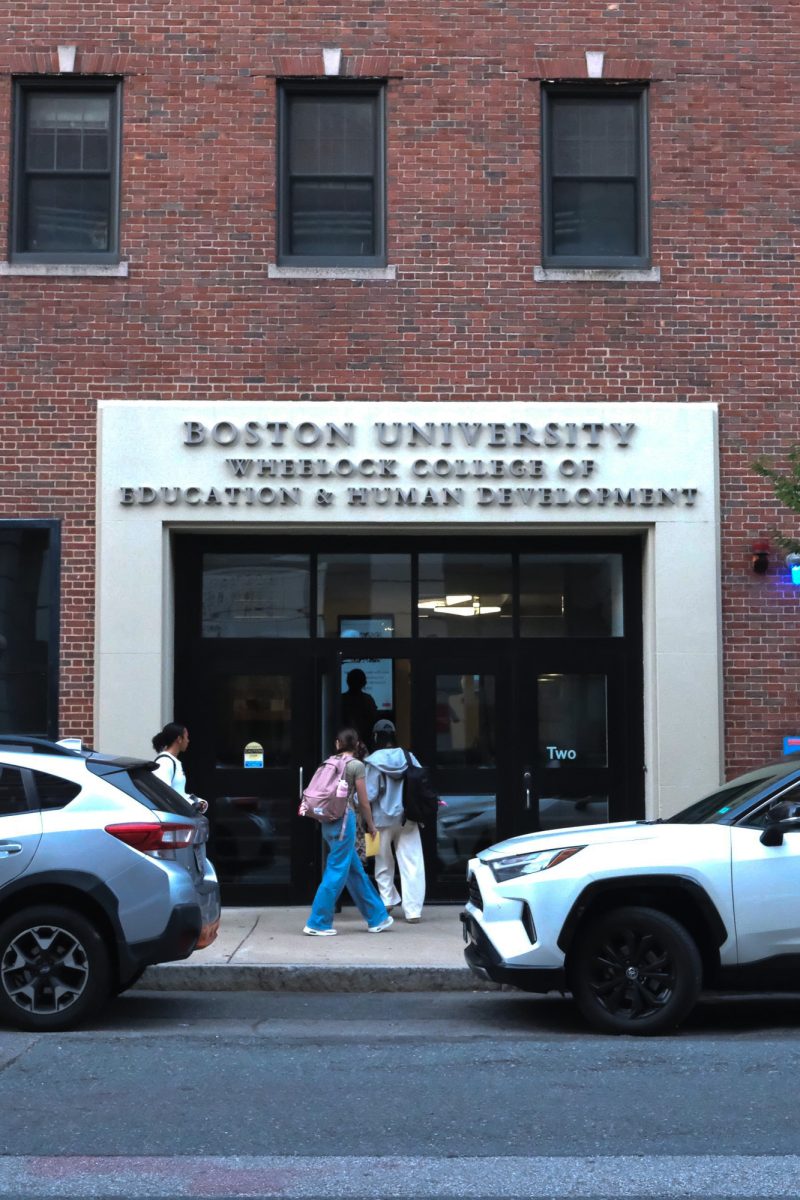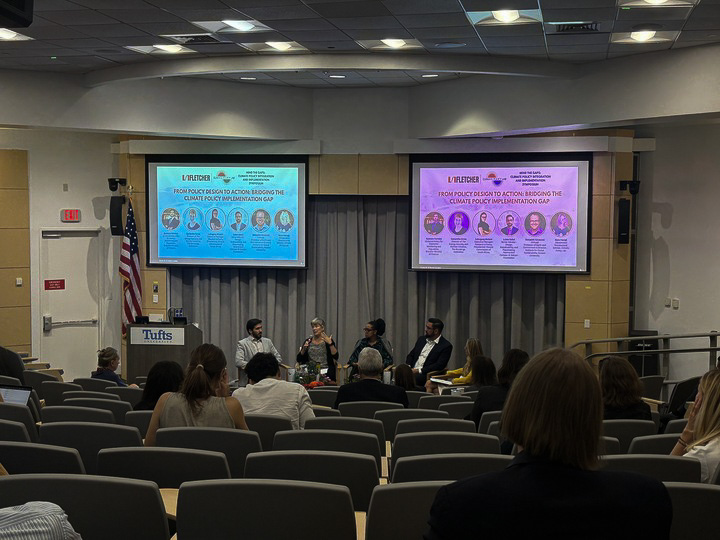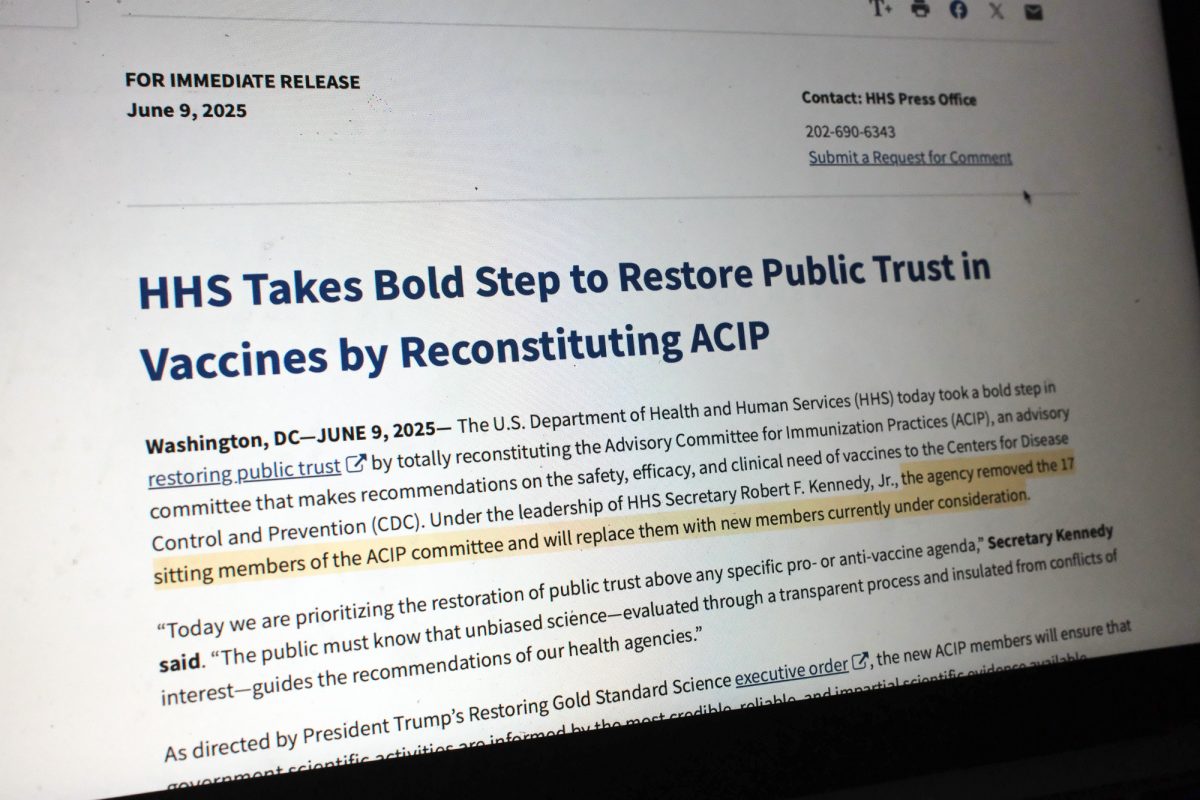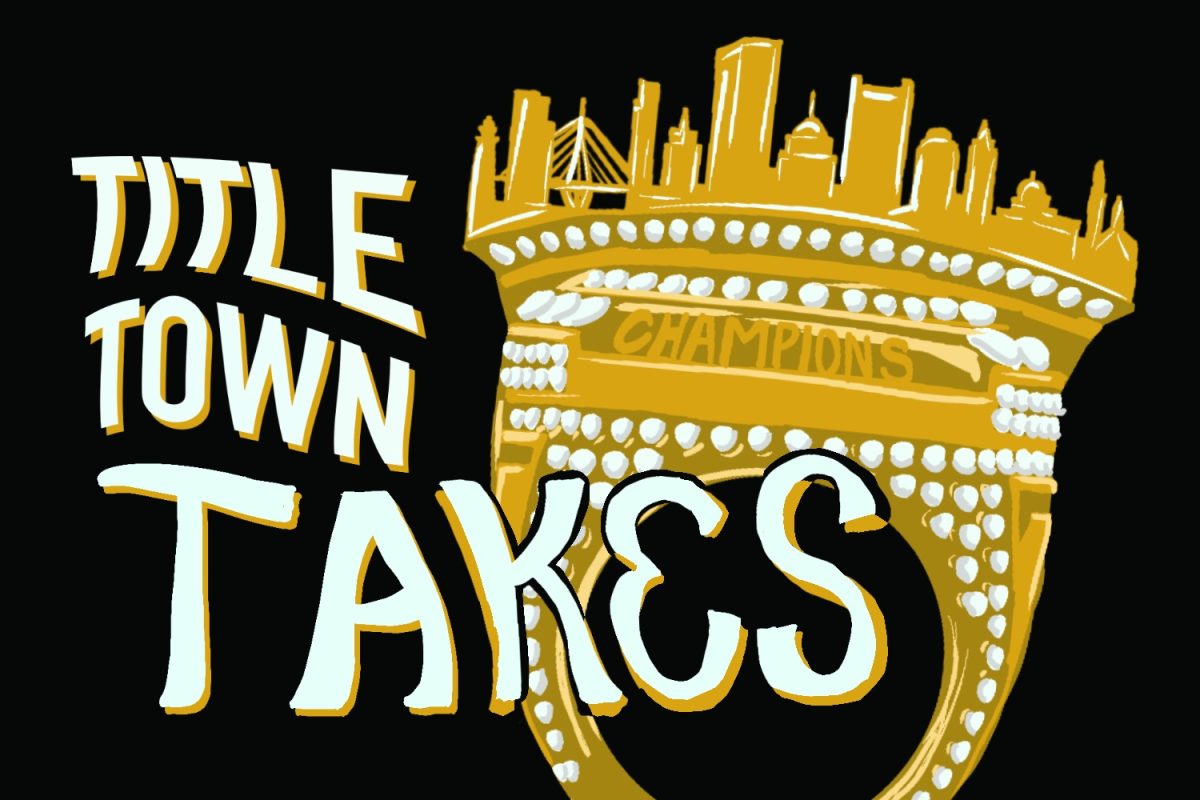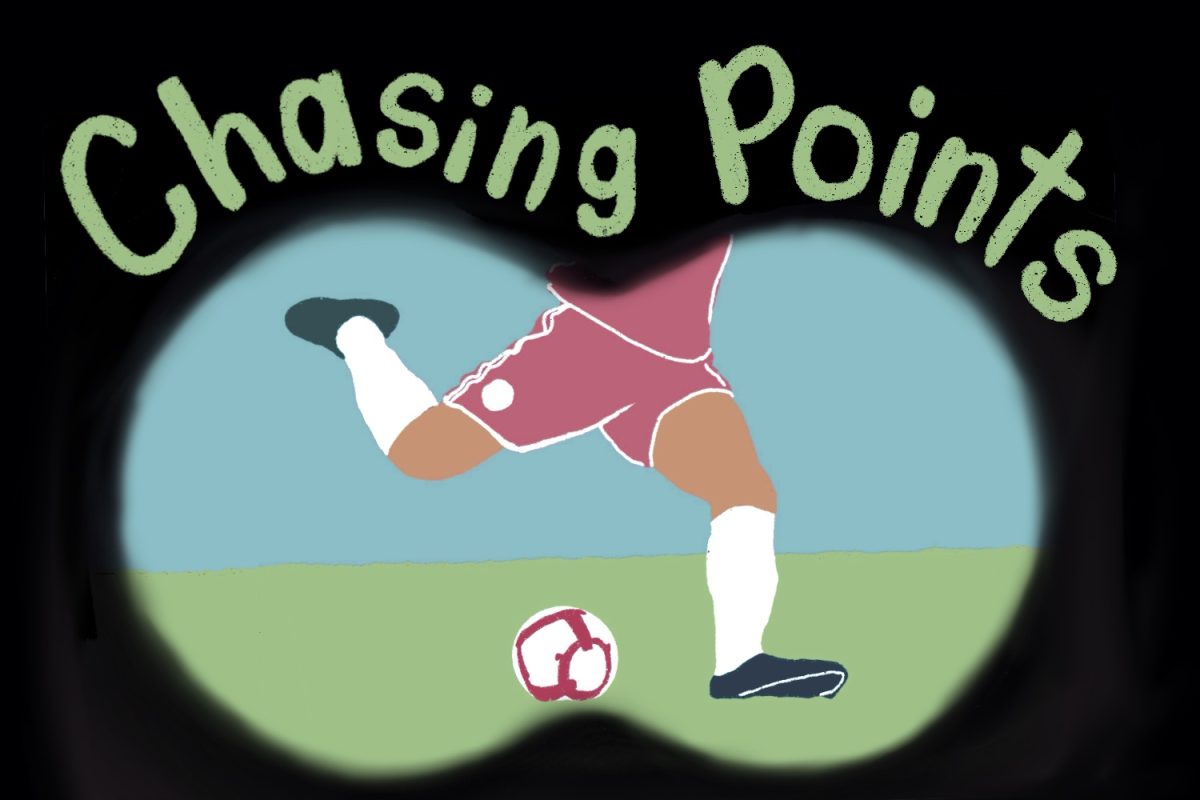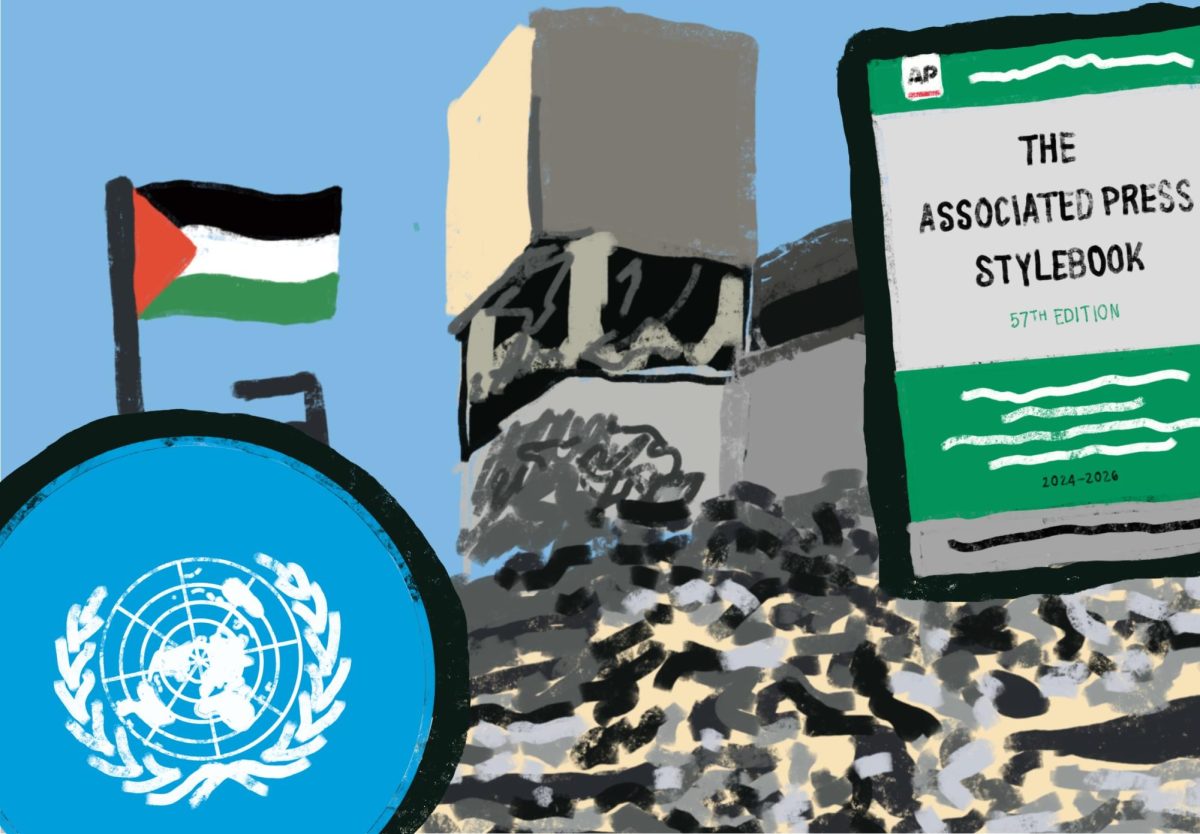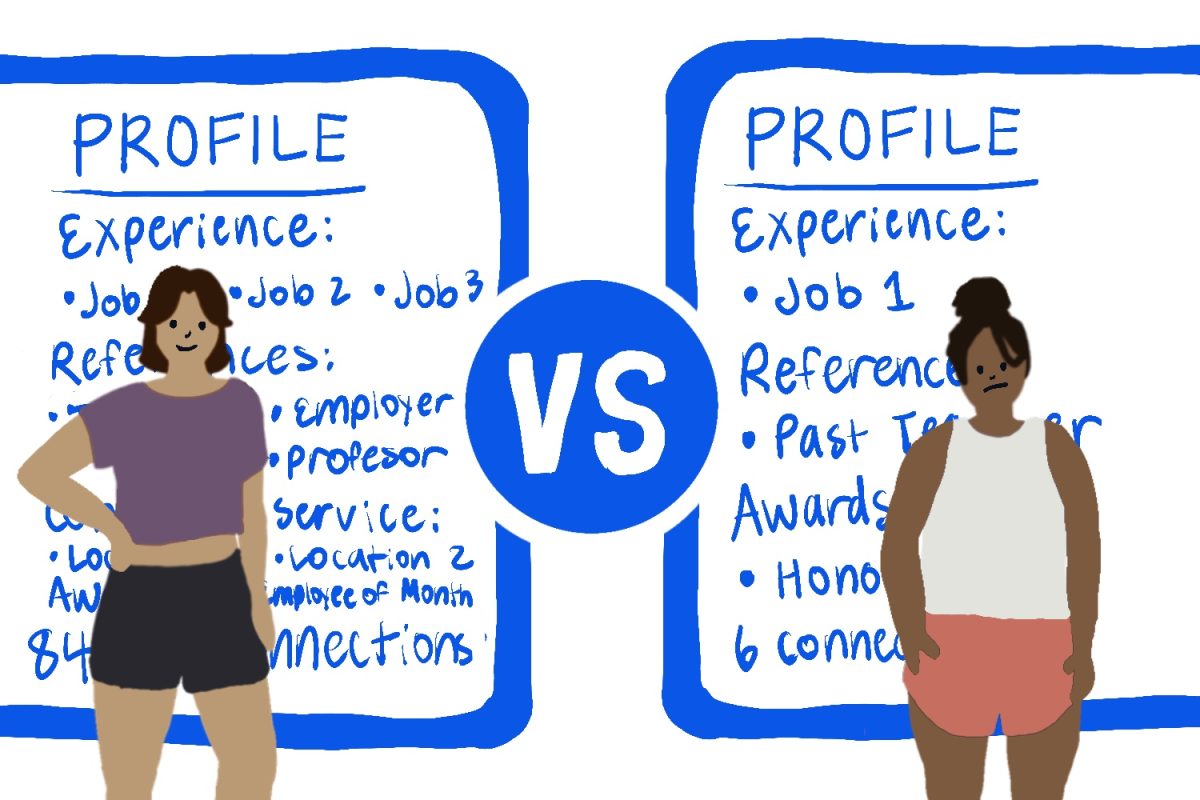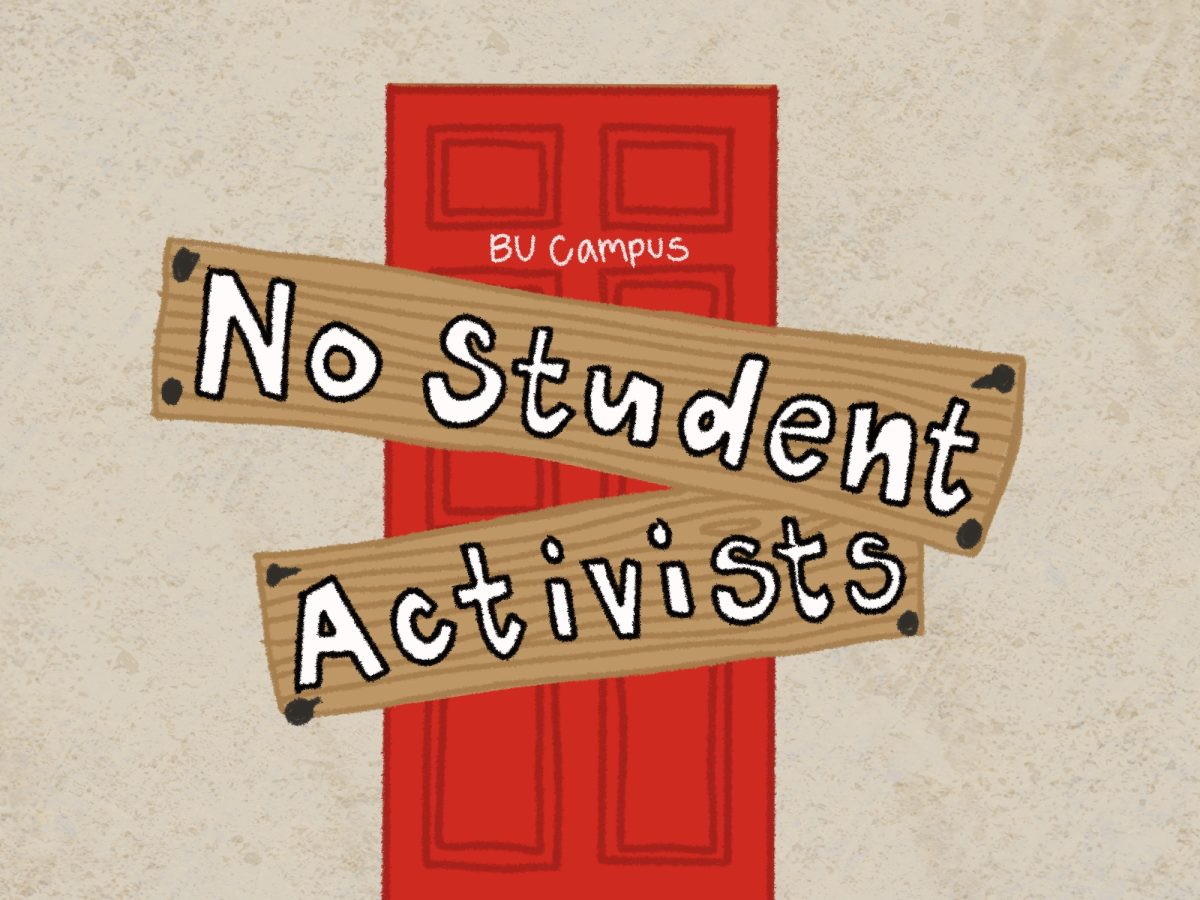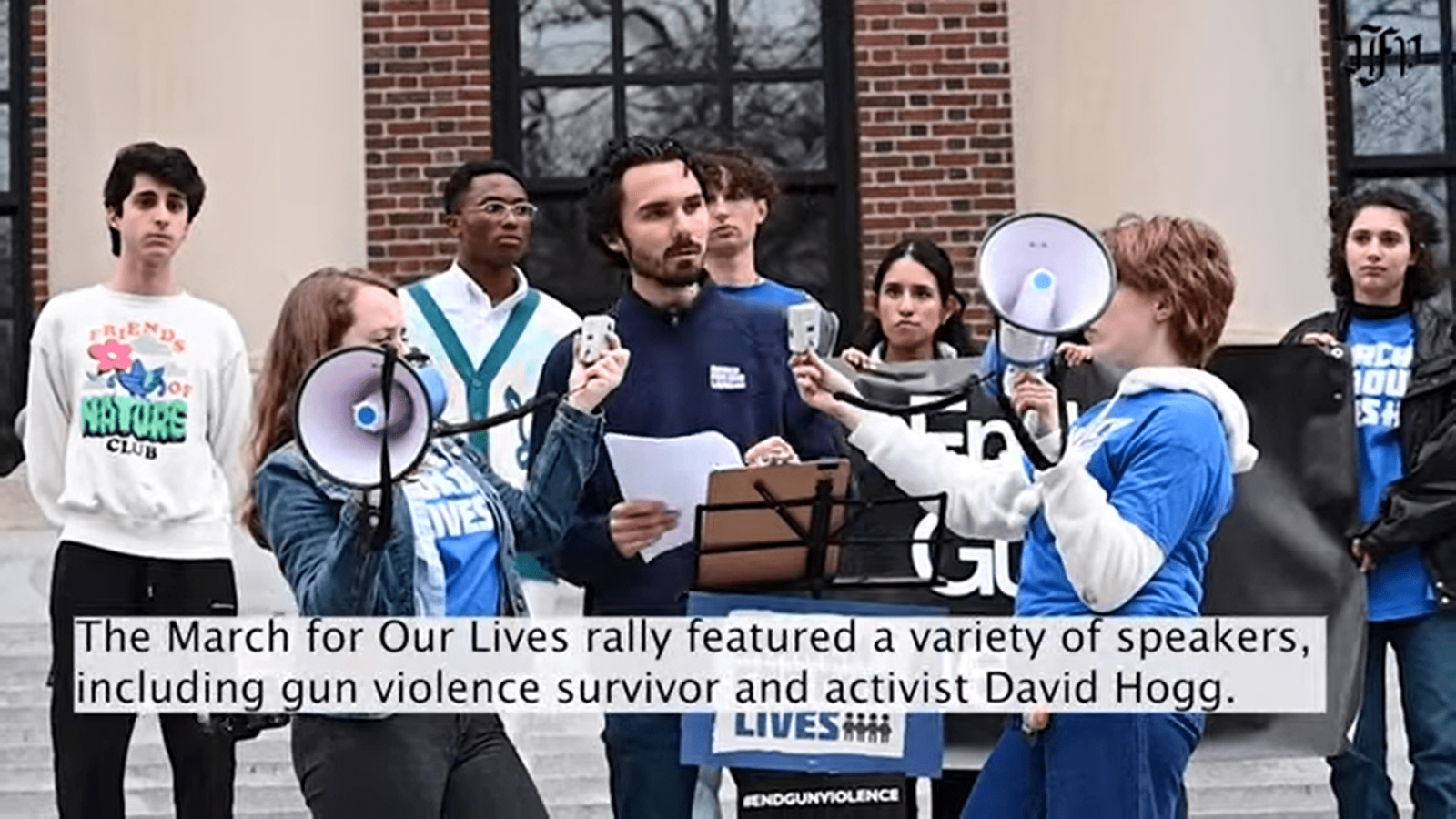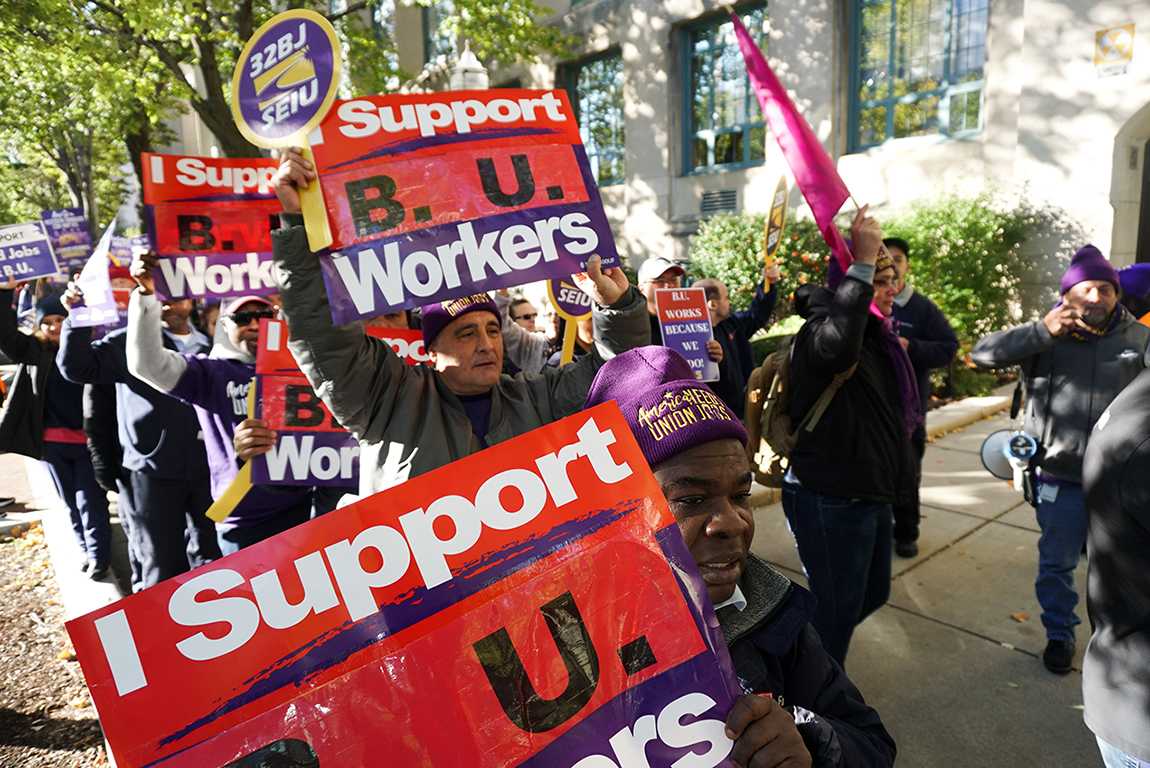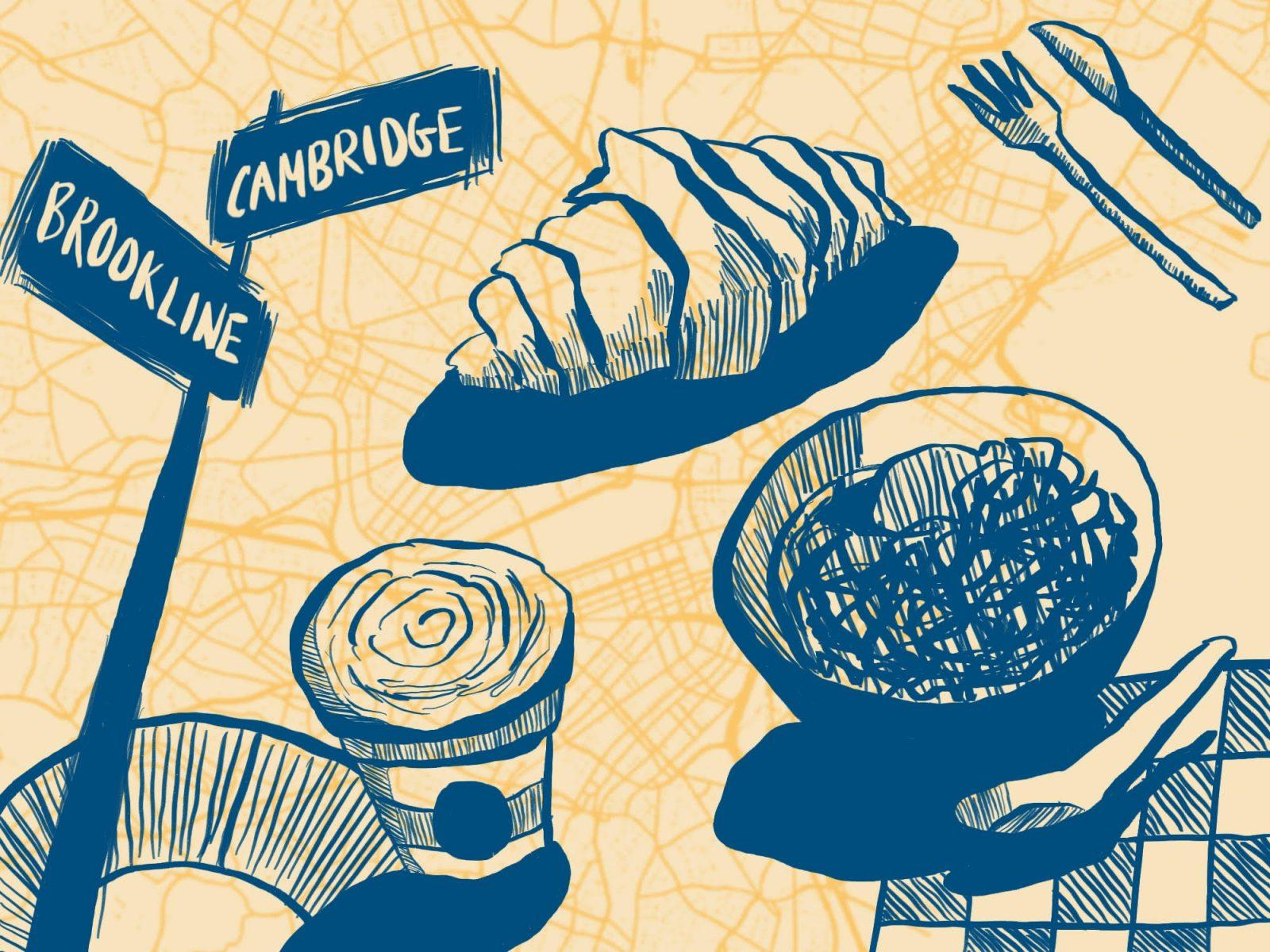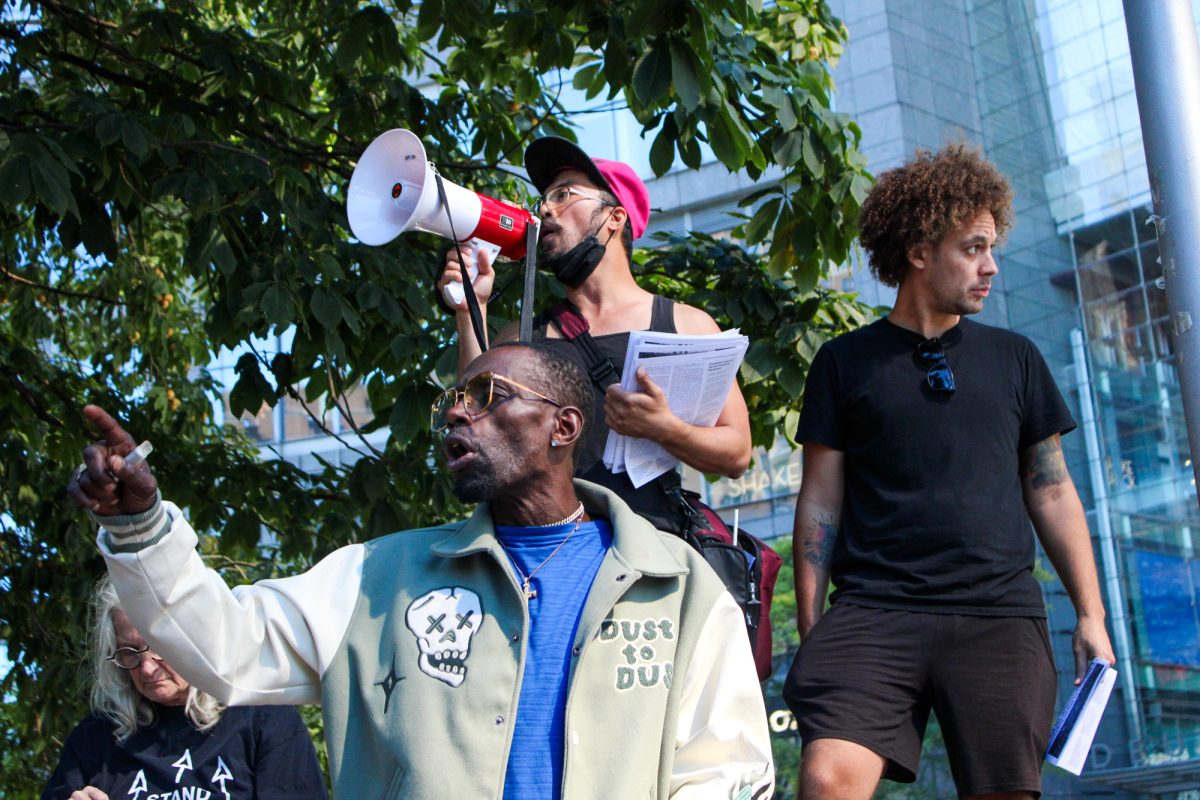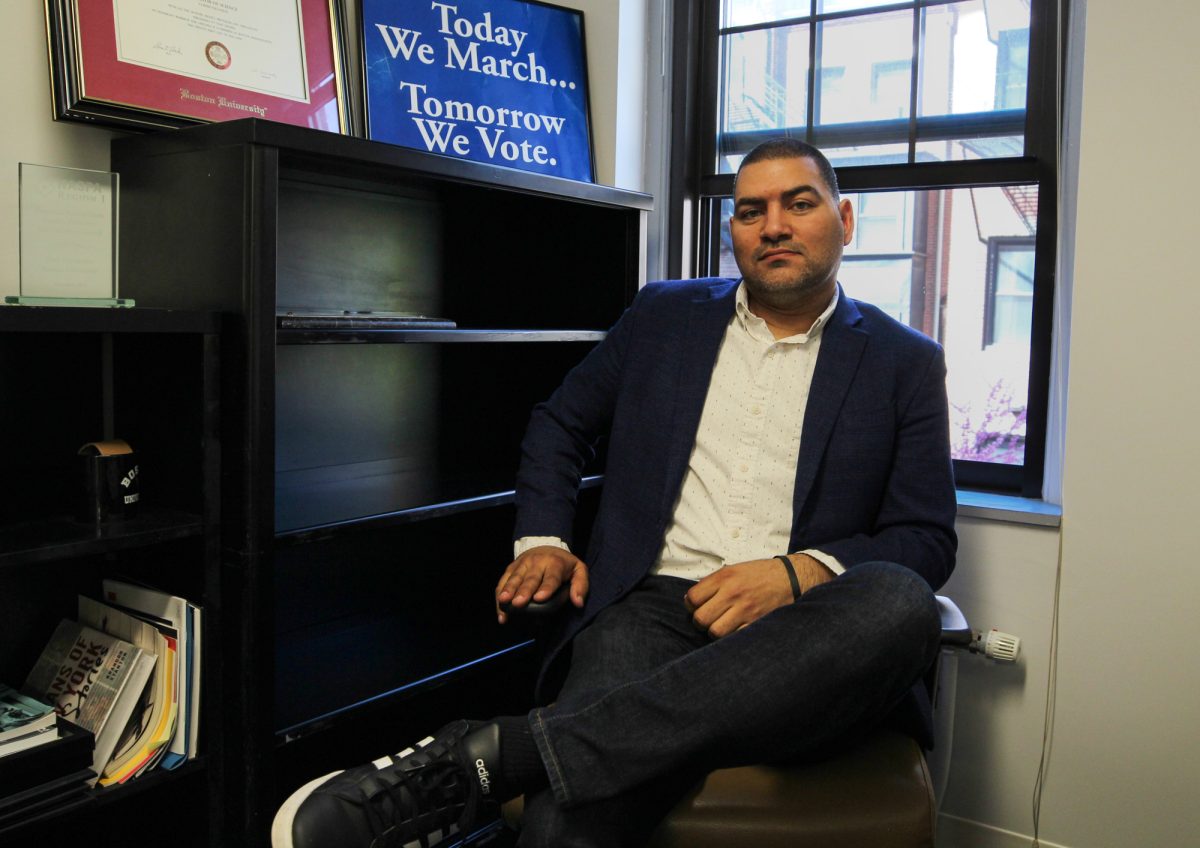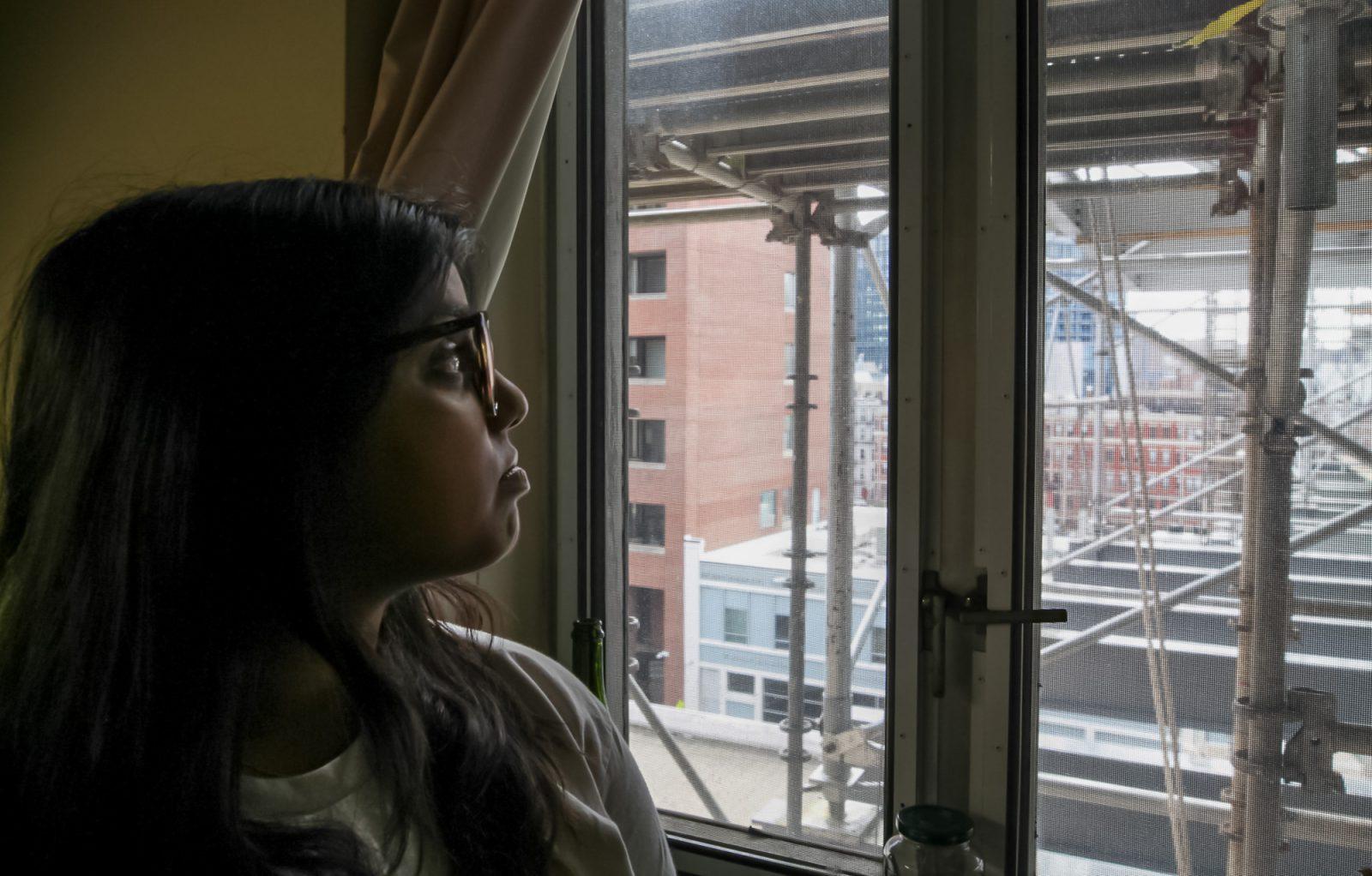In the wake of a recent sting at a methamphetamine lab in Brighton, authorities are saying meth use is on the rise in New England, though busts of production labs have only risen slightly.
Police have discovered underground, home-based labs as close to Boston University as Cambridge and Brighton.
On Nov. 16, Boston Police discovered a clandestine meth lab in the basement of a Surrey Street home in Brighton, containing enough chemicals to provide tens of thousands of dollars worth of amphetamines, according to a CBS 4 Boston report.
Meth — also known as speed, chalk, ice and crank — is a highly addictive stimulant that affects the central nervous system and can be inhaled, injected or smoked, according to a Methamphetamine Research Report written by the National Institute on Drug Abuse.
According to Anthony Pettigrew, a spokesman for Boston’s Drug Enforcement Administration, in 2005, police found five meth labs in Massachusetts and 16 throughout New England. So far, in 2006, authorities found three in Massachusetts and 17 in New England.
Meth’s simple production, which uses common household goods found in most homes, including rubbing alcohol, matchbooks, drain cleaner and coffee filters, attributes to its growing popularity, according to Boston Police Department deputy superintendent Paul Fitzgerald. His major case division includes the department’s drug unit.
While Fitzgerald cited Boston’s increasing rate of meth abuse as one of the most expansive in New England, especially among professionals, he said Boston’s abuse rate is not increasing as quickly as other areas in the country.
“We’re very low compared to the national picture,” he said, adding that most supplies of the drug are flown in from the West Coast.
Pettigrew also said Boston’s statistics “are minor compared to other parts of the country,” citing New York for having 20 labs and California for having more than 400 in 2005.
To combat the drug’s spread, Fitzgerald said authorities are monitoring West Coast shipments and using “controlled delivery” stings to bust local manufacturers. The department is also training all its new recruits — some of whom are unaccustomed to seeing methamphetamines — to recognize the drug and the chemicals used in its production, he added.
According to a 2005 National Survey on Drug Use and Health, an estimated 10.4 million Americans over the age of 12 reported using meth in their lifetime.
The young adult group, aged 19 to 28, has an 8.3 percent reported lifetime use, according to the survey, and 4.1 percent of college students reported using meth.
Marie Di Liegro, executive director of Narconon New England – a drug prevention and education organization — said although meth usage spans a wide demographic, she receives many calls from parents about their 20-year-old child’s usage.
Di Liegro added that while meth is not extremely common in the New England regions, its usage is certainly on the rise.
“It’s really, really horrific in other parts of the country and now it’s growing here,” Di Liegro said.
According to Narconon spokesman Kent McGregor, since the ingredients and processes are explosive and volatile, meth production can cause explosions, and the dangerous fumes can cause brain and liver damage. Children are especially susceptible to harm because of their underdeveloped immune systems and small body mass, McGregor added.
“If meth is used just a very few times, the person will not experience any abstinence syndrome or withdrawal symptoms . . . but when it is removed, the person crashes physically and profoundly psychologically and emotionally,” McGregor said. “Suicidal depression is very common when stopping use after a week or more of ‘being on a run.'”
While figures vary between years and regions, approximately one-third to one-fourth of Narconon clients have had some involvement with meth, McGregor said. Many people have switched from using cocaine to meth because it is cheaper and more readily available, he said.
Meth in Boston can cost anywhere from $70 to $200 a gram, according to the Office of National Drug Control Policy.
“It is cheap enough that anyone that wants to be on the drug will get it,” McGregor said.
Staff reporter Andrew FitzGerald contributed reporting to this article.


